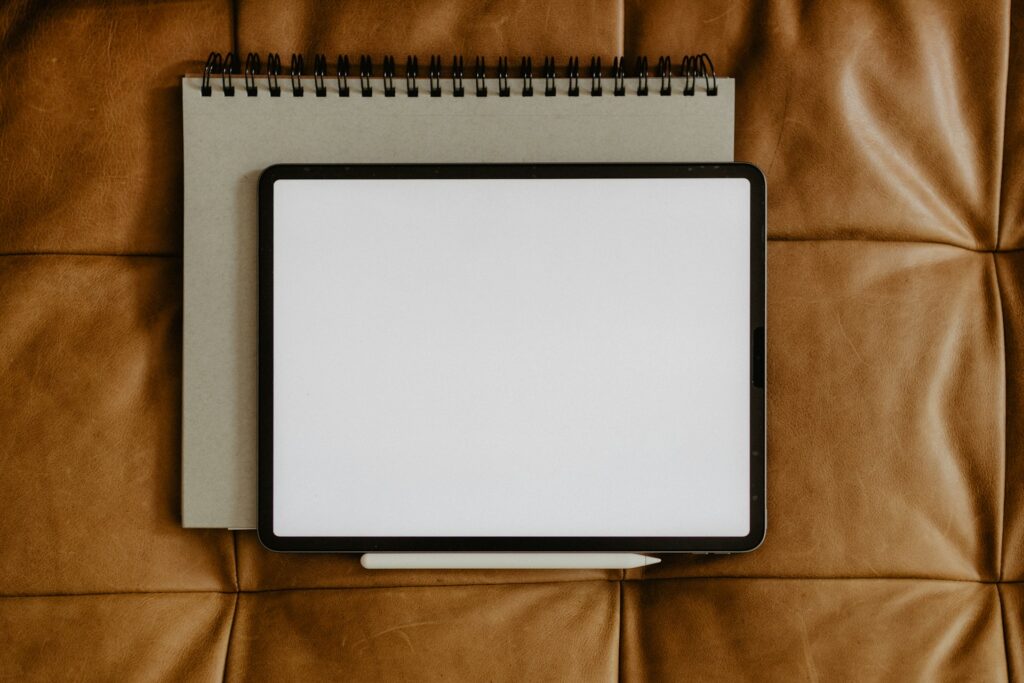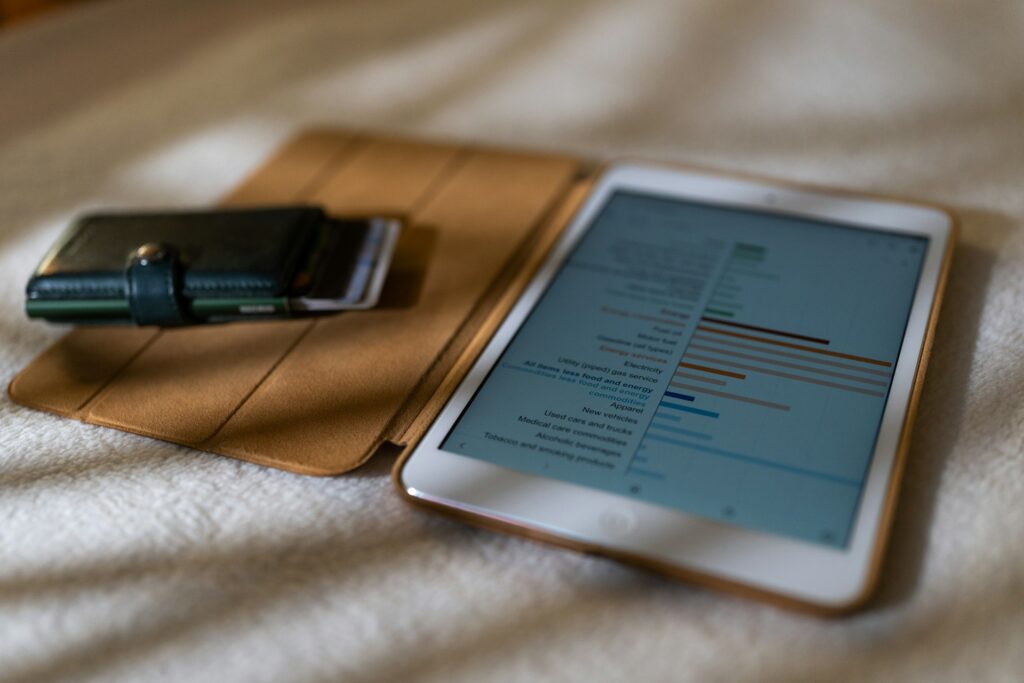Physical Address
304 North Cardinal St.
Dorchester Center, MA 02124
Physical Address
304 North Cardinal St.
Dorchester Center, MA 02124

Debt—it’s a word that makes most of us cringe. Whether it’s credit card debt, student loans, or a car loan, the weight of owing money can feel overwhelming. But here’s the thing: you don’t have to rely solely on willpower and self-control to avoid debt.
Sometimes, all you need is a change in how you see money.
In this article, we’re going to dive into the world of visual tricks and strategies that can help keep you off debt. These aren’t the typical “budgeting tips” you’ve heard a million times.
We’re going to talk about clever, visual hacks that influence your spending habits without you even realizing it. Ready to use the power of your brain’s natural tendencies to your advantage? Let’s get started!
Before we dive into specific tricks, let’s take a quick detour to understand why visual cues are so effective when it comes to managing money. The human brain is wired to respond to visuals.
We process images far quicker than text, and these visual cues can influence our behavior, often without us even realizing it.
For example, think about how store displays are designed to grab your attention or how the red numbers on your bank statement can trigger stress. Visuals have power!
By consciously incorporating these tricks into your financial habits, you can leverage that same power to keep you on track with your budget and away from debt.

One of the most powerful visual tools you can use is a physical budget board. This is a large, visible board or a corkboard that tracks your financial goals, spending, and savings in a way you can see every day.
Having a tangible representation of your financial progress gives you a clear picture of your situation. It turns abstract concepts like “debt” and “savings” into something real, something you can see and interact with.
This can significantly boost your sense of control and prevent you from mindlessly spending money on things that don’t align with your goals.
Impulse buying is one of the sneakiest ways debt can creep up on us. You’re walking through a store, or scrolling online, and that shiny new gadget or pair of shoes catches your eye. Before you know it, you’ve pulled out your credit card and made the purchase.
But what if you could break the cycle? The 24-hour rule is a simple trick that encourages you to wait a full day before making a purchase. During that waiting period, the goal is to let the initial excitement fade and to give your brain time to really think about whether you truly need the item.
The 24-hour rule allows the rush of excitement from impulse buying to fade, and the visual reminder keeps your goals in the forefront of your mind. By making the item tangible, you’re forced to reflect on whether it truly aligns with your priorities. The visual “pause” button helps create a buffer between desire and action, leading to more thoughtful purchases.
The envelope system is a classic budgeting trick that helps you control your spending by allocating cash to different categories (e.g., food, entertainment, shopping). When the cash is gone, that’s it—you can’t spend any more in that category until next month.
Physically seeing your money being used helps curb overspending, especially when the envelopes are emptied. The visual organization makes your budget more tangible, and it’s easy to see how much money you have left for each category.
Plus, the colorful envelopes are a fun way to keep track, making budgeting less of a chore and more of a game.
Have you ever noticed how uncomfortable it feels when your wallet is completely empty? That feeling of having no cash can sometimes be enough to make you rethink spending decisions. It’s a visual and emotional reminder that money is limited, and once it’s gone, it’s gone.
By limiting your spending to cash or visually tracking your purchases, you create a constant reminder that money is finite. This taps into the psychological discomfort of spending all your cash and helps you stay mindful of your financial limits.

One of the most powerful visual tricks you can use is to create a vivid mental image of what your life will look like when you’re debt-free. This future-focused visualization can help you stay motivated and avoid falling into old spending habits that could lead to more debt.
Visualizing your debt-free future helps create a clear, emotional connection to your goals. The more you can see yourself living without debt, the more motivated you’ll be to take the steps necessary to make it happen. Visualization taps into the power of your emotions, making it a powerful tool in the fight against debt.
Using visual tricks to avoid debt might sound simple, but they’re incredibly powerful when applied consistently. Whether it’s tracking your progress on a budget board, pausing before making an impulsive purchase, or visualizing your debt-free future, these techniques leverage the power of your brain to make smart money habits second nature.
The best part? These strategies don’t require extreme sacrifices or complicated systems. Just a few simple visual reminders, and you’ll be on your way to a debt-free life.
So, are you ready to give these tricks a try? Start small, stay consistent, and remember: you’re in control of your financial future!
Here’s your ultimate step-by-step guide to financial freedom.